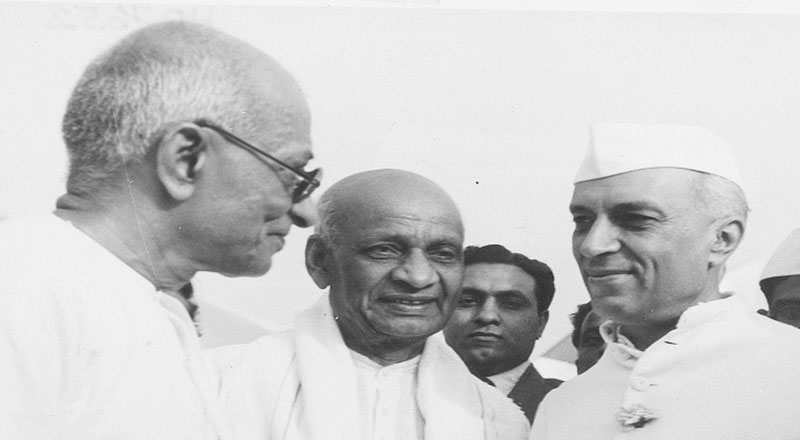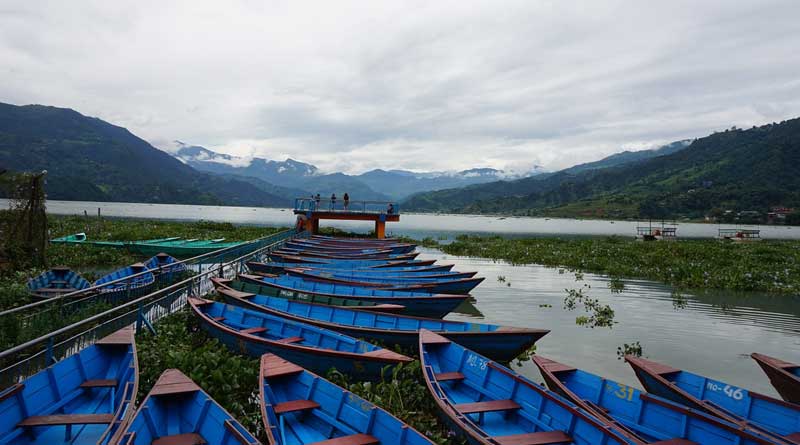Battling Drought with Innovation
Facing chronic water scarcity and unpredictable monsoon patterns, India is exploring an unconventional strategy — artificial rain through cloud seeding. On Tuesday, the Rajasthan government, in partnership with a private tech firm, began the country’s first such trial using drones, aiming to trigger rainfall over Jaipur’s Ramgarh Dam. The initiative seeks to assess whether this technology can serve as a viable drought relief tool in one of India’s driest states.
The Science of Cloud Seeding
Cloud seeding is not about manufacturing rain from nothing; rather, it accelerates precipitation in clouds that already contain moisture but are failing to produce rainfall. The process involves dispersing specific particles — such as silver iodide, potassium iodide, or dry ice — into suitable clouds. These act as nuclei for water vapour to condense, forming heavier droplets that eventually fall as rain. In colder regions, the same technique can induce snowfall.
The Jaipur Experiment
This pilot project is being conducted by Rajasthan’s agriculture department in collaboration with Bengaluru-based GenX AI. According to officials, the plan involves 60 cloud seeding operations over the Ramgarh Dam catchment area. What makes the trial groundbreaking is the method: instead of conventional piloted aircraft, drones will be deployed for the first time in India to carry out the process.
Rajasthan Agriculture Minister Kirori Lal Meena confirmed that the project has the participation of American scientists and that necessary environmental clearances have been secured. Only the final go-ahead from the Civil Aviation Ministry is awaited. “The drones will operate at high altitudes to disperse the seeding agents,” Meena explained, highlighting the innovation behind the effort.
Learning from Past Attempts
This is not Rajasthan’s first attempt at artificial rainfall. Two years ago, the state allocated ₹10 crore for a similar trial, but it failed to produce rain due to unfavourable conditions. Experts caution that cloud seeding’s success depends heavily on the presence of suitable clouds, atmospheric conditions, and precise execution — variables that make the process inherently uncertain.
International Collaboration and Technical Edge
The involvement of foreign expertise underscores the experiment’s high-profile nature. U.S.-based specialists have reportedly shared operational guidance, while GenX AI brings AI-driven modelling to predict optimal seeding conditions. The use of drones is expected to reduce operational costs, improve targeting accuracy, and allow access to cloud formations unreachable by traditional aircraft.
Hopes and Reservations
While the trial is being hailed as a technological leap, experts warn that results are not guaranteed. Meteorologists point out that seeding can sometimes yield minimal rainfall or none at all if conditions are suboptimal. Environmentalists have also urged careful evaluation of chemical dispersal impacts, though the substances used are generally considered safe in small quantities.
A Cautious Step Toward Climate Resilience
The Ramgarh Dam experiment represents both a symbolic and practical step in India’s climate adaptation journey. If successful, drone-based cloud seeding could become a cost-effective tool for drought mitigation, offering hope to regions struggling with erratic rainfall. However, given the mixed global record of such interventions, policymakers will need to temper expectations with scientific realism. For now, the skies over Jaipur hold not just clouds — but the weight of innovation, hope, and uncertainty.
(With agency inputs)






















